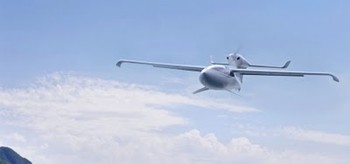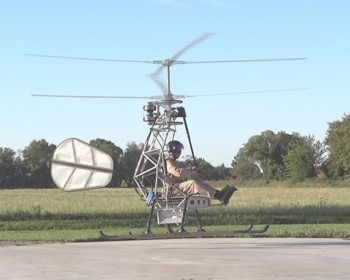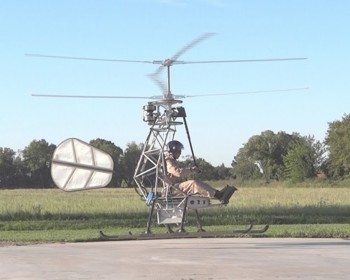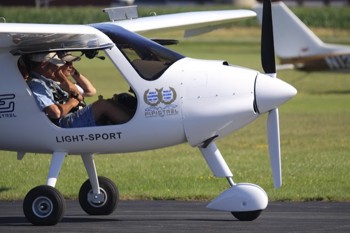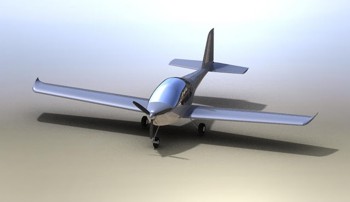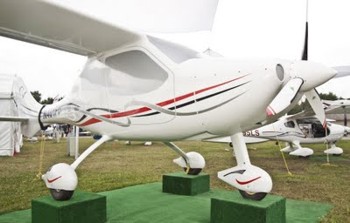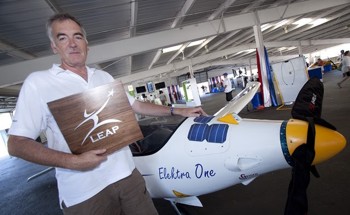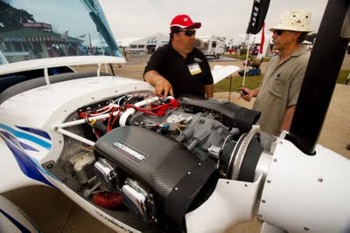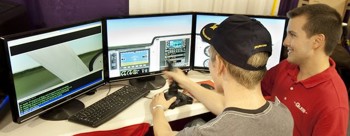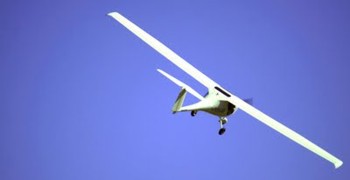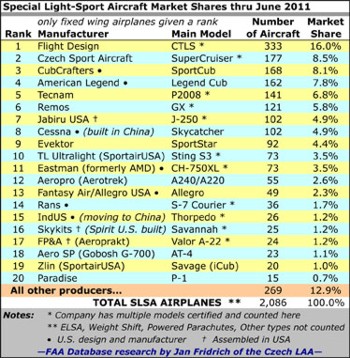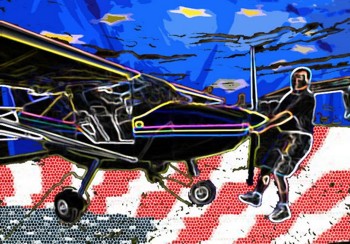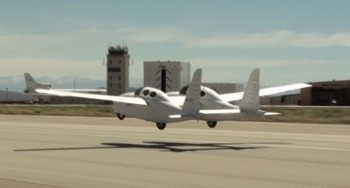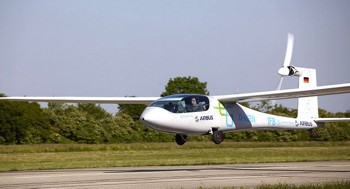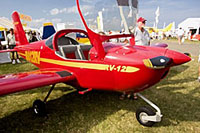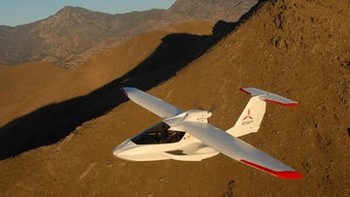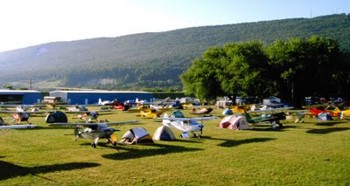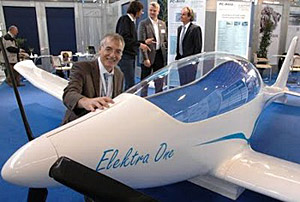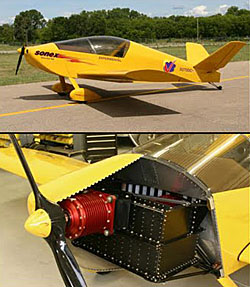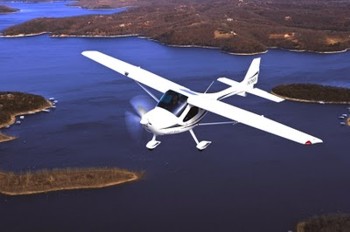
Sign of the times: cut costs wherever possible. And kudos to those LSA makers who can cut weight too! *** Remos Aircraft has a lower-priced, dramatically lighter version of its flagship GX that bears closer scrutiny. *** It’s called GXeLite, and lists at $133,924.The model is targeted at pilots, clubs and flights schools that don’t feel the need for all the latest high-tech glass and embellishments. Typically, “loaded” models like the GX and new GXNXT models price out at well over the wallet-flattening $150K mark. *** The eLite is dramatically lighter in empty weight too: just 638 lbs. (My recent flight report on the NXT listed that model’s empty weight at 718, or 90 lbs. heavier!). That would allow full tanks as well as some truly hefty passengers too, since the useful load is 682 lbs.! *** The main steps taken to lighten the load on the eLite include reinstating the composite landing gear, using carbon fiber instead of metal wing struts, new carbon fiber seats and a new instrument panel, which is lighter as well as lower.




